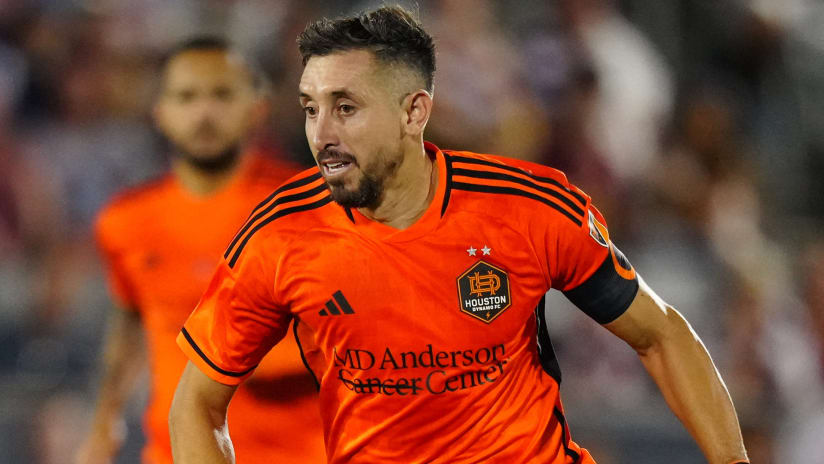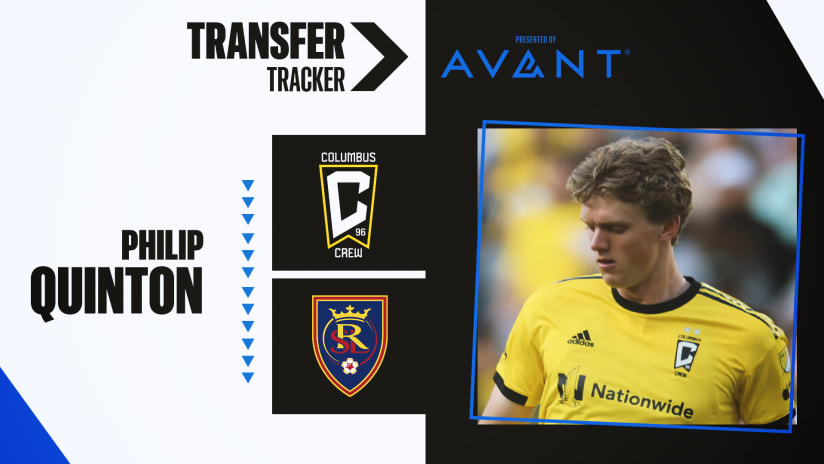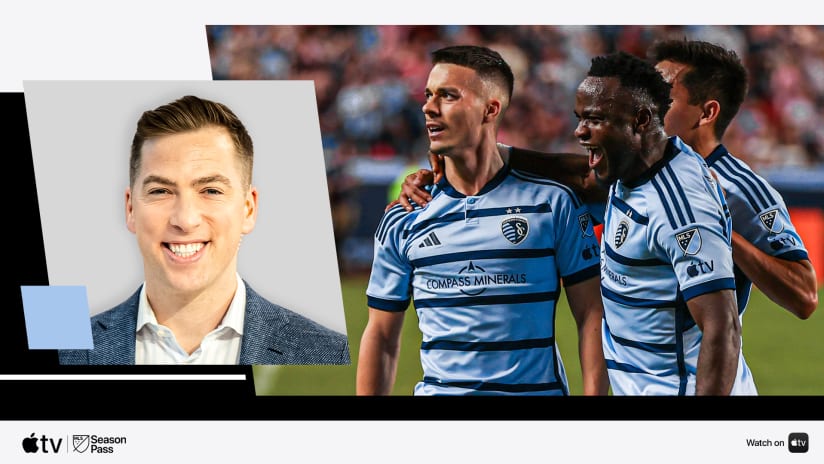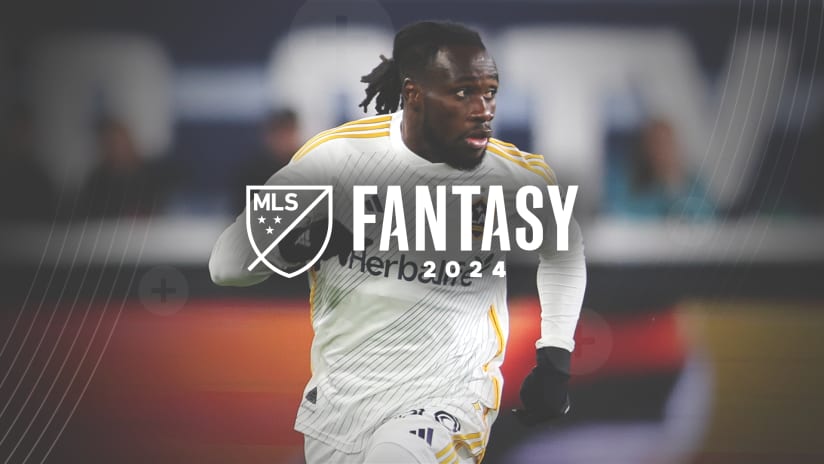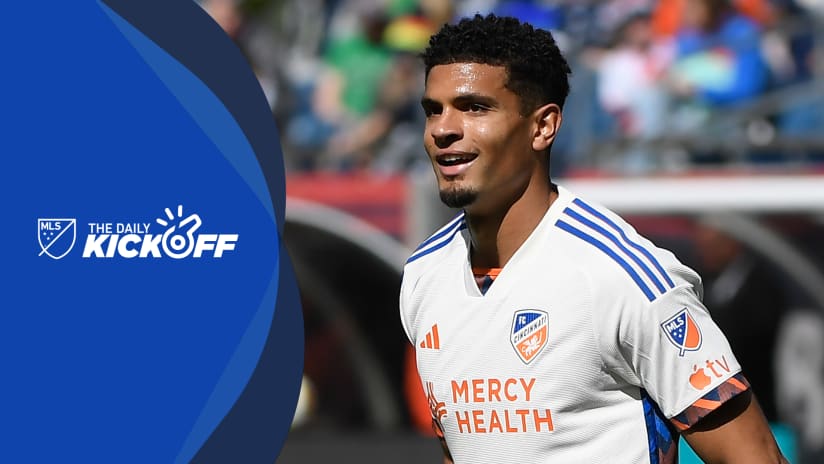Players win games. Good tactics put players in a position to win games at a higher clip. But without a solid understanding of logistics, you'll have lost the game – the season, even – before the first ball is kicked.
I've spent a lot of time talking, in this space, about how to build a roster in MLS. Forget the draft, and you're ignoring a fruitful talent acquisition device. Ignore your academy, and you risk falling behind the rest of the league. Spend big? You won't necessarily win big – but it's worth noting that three of the four semifinalists in the playoffs are big-budget teams (LA, Seattle and New York), while the fourth got a turbo-charge for the stretch by splashing out serious money on Jermaine Jones.
Roster-building is the "logistics" aspect of the yearly fight that is the MLS season. And in addition to varying levels of mastery in the all of the above methods of bringing in talent, there is one more worth mentioning: the scrap heap.
The New England Revolution picked up MVP candidate Lee Nguyen off the scrap heap. The Red Bulls did the same with starting right back Richard Eckersley, and arguably with starting central midfielder Eric Alexander. LA got right back Dan Gargan, and super sub Alan Gordon.
And in Seattle, there's former Mexican national teamer Gonzalo Pineda. He was coming off a long injury layoff – sports hernia surgery – and couldn't land a regular job in Liga MX. So up north he went and, just like that, the Sounders found themselves a starter right off the scrap heap.
"Gonzalo’s just been a very consistent player," Seattle head coach Sigi Schmid told FoxSports.com's Kyle McCarthy in September. "He’s been a guy who helps distribute the ball for us in the middle of midfield. He talks. He organizes. Those are all positive things that he gives to our team."
Schmid was understated in his description, taking a tone that mirrors Pineda's game. The World Cup veteran – he started three games for El Tri in 2006 – doesn't "wow" with his defensive range, and he's not a wizard on the ball or in hitting the final pass. Seattle were at the bottom of the league in through-ball attempts, which says a lot about how their central midfield plays. Search this site's archives for Pineda highlights and you won't get a ton of hits.
What Pineda does are the "little things" that are actually quite big, and they're things that even Opta numbers have difficulty illustrating:
Games |
Possession |
Clearances Per Game |
Blocks Per Game |
Interceptions Per Game |
Tackles Per Game |
Recoveries Per Game |
|
Started |
26 |
49% |
19.5 |
1.96 |
11.62 |
7.08 |
21.54 |
Subbed on/Didn't play |
11 |
55% |
18.27 |
1.82 |
14 |
9.82 |
20.91 |
Going by that graph, you'd guess that Seattle are actually better when Pineda sits. However:
Points per game |
Goals per game |
Goals against per game |
|
Started |
1.96 |
2 |
1.4 |
Subbed on/Didn't play |
1.00 |
1.7 |
1.7 |
We're toying a little bit with the demons of sample size, but these numbers pass the eye test. The Sounders are a harder team to break down defensively when Pineda's in there, and while his distribution isn't dynamic, it's been effective in pushing the Seattle attack forward. He keeps everybody in the right place, then plays them into spots where they can do more damage. He is, quite often, the guy behind the guy, the one that makes everybody else better.
As he said to McCarthy in that September piece, "My first focus is to try to connect forward," Pineda said. "I hate to play negative. This is why I’m always looking for Oba [Martins], [Marco] Pappa or [Lamar] Neagle. But, also, I’m trying to give a lot of the ball to Ozzie [Alonso] because he’s trying to do the same thing."
That's tactics. In that realm, Seattle have been very good in 2014. But it was the logistical triumph of winter – rescuing Pineda and goalkeeper Stefan Frei from the scrap heap, getting newly minted Defender of the Year Chad Marshall in a trade – that set the wheels in motion on that succes in the first place.





